This is a free fortnightly newsletter about the New Zealand Net.
If you would like to be notified by email when a new edition is published, please contact ZL1NZ.
Browse our Newsletter Archive and List of Net Tips.
Featured key
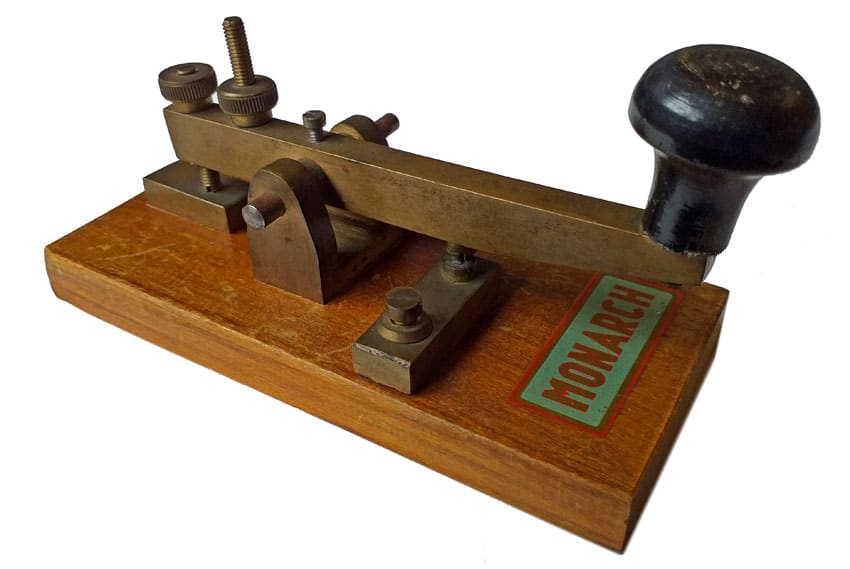
Photo: ZL1NZ
By Neil ZL1NZ
The Monarch key is a bit of a mystery. Was it made in New Zealand? If so, by whom? Clues:
- The timber base looks like rimu.
- The keys were listed for sale in New Zealand’s famous Lamphouse Annual of 1942/1943.
- There’s one in Te Manawa museum in Palmerston North. It’s attached to a code practice buzzer which was made by Akrad Radio in Waihi.
So there are three reasons to think the key may have been made in New Zealand, but it would sure be great to know for sure.
Although its origins are not yet clear, I can say that the Monarch key is very nicely proportioned and well-made. The one in my collection (pictured) has its “Monarch” decal fully intact, which is remarkable for a key that is probably at least 80 years old.
I have never seen another Monarch key, so if you know of one, or have any information about them, please contact me. You can see more about this key in the NZ Morse Key Directory.
* If you have an interesting key for this feature, please send a nice clear photo and a few words describing it.
Photo flashback
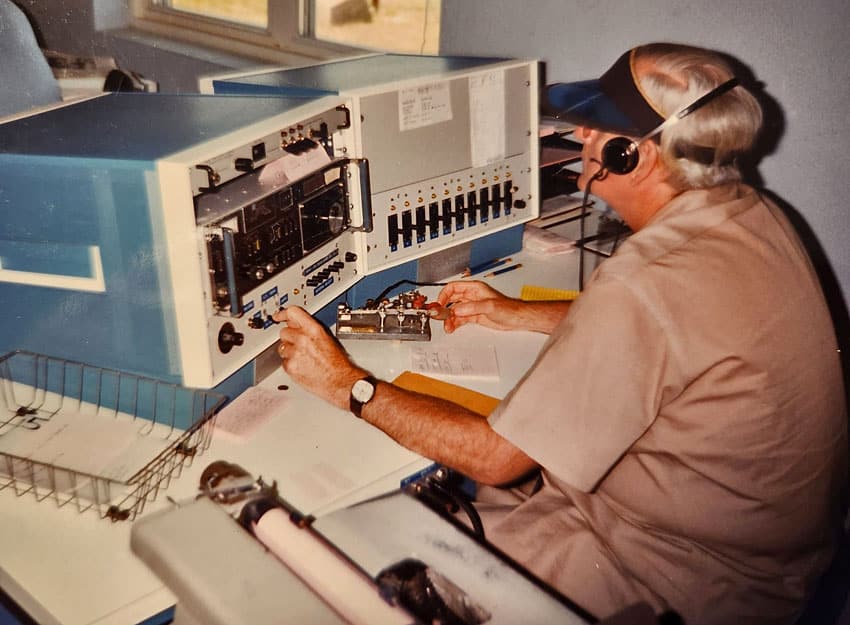
An operator at WSL in 1982. Nice visor. Photo N2MS
By Mike N2MS
I found some pictures taken at the ITT WorldCom Wireless Telegraph receiving station WSL, located in Southampton, Long Island, New York, in 1982.
I am a retired Electrical Engineer, having spent the first half of my career working for ITT World Communications. I did not work for operations but developed, tested and deployed the equipment used by operations. I did very minor work for the marine stations, such as recommending test equipment, and testing and deploying the Extel terminal equipment used for their Marine SITOR setup.
The picture shows a WSL operator using the new Watkins-Johnson receivers. The panel on his right controls the transmitters. The MF transmitter was at Amagansett, LI and the HF transmitters were at Brentwood, LI.

As we approach the fifth anniversary of NZ Net, I thought you might be interested in some facts about the net.
Up to the end of last month, the NZ Net had logged:
- 1288 sessions
- 10,295 check-ins
- 2372 radiograms handled
Thanks to all of you who have supported the NZ Net, as we begin the second half of our first decade. 🙂
RNZ in distress?
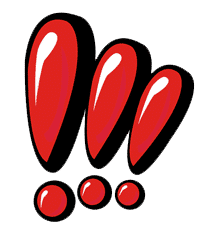 It was a surreal feeling, listing to the Saturday Night Requests programme on Radio New Zealand “National” last weekend.
It was a surreal feeling, listing to the Saturday Night Requests programme on Radio New Zealand “National” last weekend.
Just before a novelty record – Night and Day, by Peter Sellers and the Morse Code Tappers (never heard of them, have you?) – there was a clear and crisp SOS.
After the song had faded out, SOS was sent three times, in the clear, and with no explanation by the announcer.
What a strange thing for our national broadcaster to do. But now, if anyone asks me if I have ever heard SOS on the radio, I can reply: “Yes, four times actually.”
CWops launches Give Back in Oceania
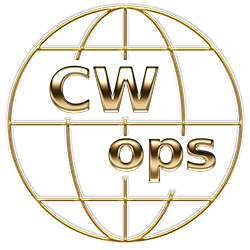 By Chris VK3QB
By Chris VK3QB
Chris VK3QB and Graeme VK5GG aim to provide a regular on-air activity to help CW operators improve their operational and conversational skills.
- When: Monday evenings 0800-0900 UTC
- Freq: 7.028 MHz +/-
VK1CWO will be calling “CQ CWO” and providing relaxed QSOs for operators looking to improve their CW.
Character speeds will be around 18-20 wpm plus, but we can Farnsworth as required. If you’d like to send or receive a little faster, that’s fine too.
For those looking to improve their CW speed and head-copy, the best approach to challenge yourself. Listen to Morse Code at a speed above your comfort zone; this way you’ll be teaching your brain to hear the characters, rather than interpret and “count” the individual dits and dahs. These techniques are successfully taught by CWops and the Long Island CW Club – and are proven methods with thousands of students successfully completing the programme.
If you’re not yet comfortable with higher speeds, come along and listen in – copy what you can, in a relaxed fashion. Don’t stress if you miss a character or word. Move on.
When you’re ready, join in. If you’d like to arrange a sked or want more information about CW Ops and the CW Academy, send an email to vk1cwo@outlook.com.
Easy quick-change for straight keys and bugs
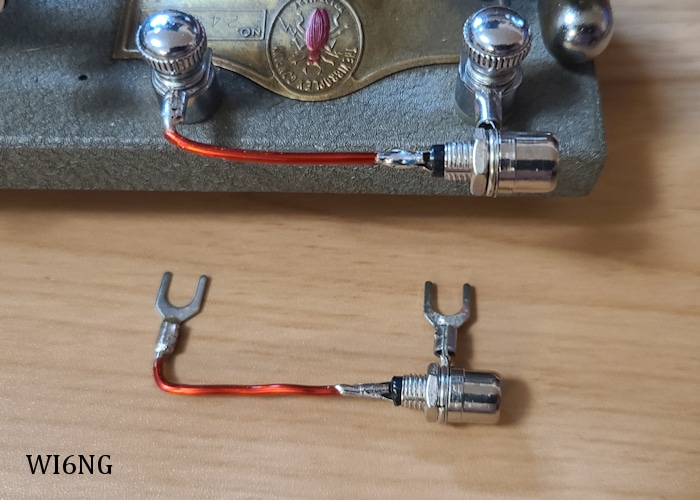
If you like using multiple straight keys and/or bugs, but want to keep things tidy on your desk, then you probably use a single cable connected to the transmitter which you then connect to your various keys.
At ZL1NZ, I have added to many of my keys an RCA jack mounted in a small piece of aluminium angle. But Tim WI6NG has come up with an even simpler and easier method. It’s a neat (and cheap!) way do add a quick-change connector to your keys.
Each key will require 2 spade lugs, 5cm of 14awg magnet wire, 1 panel-mount RCA jack and some solder.
Tim advises: “To connect the shell of the RCA jack to the spade terminal, use the solder tab that comes with the jack, and give it just a bit of a bend to cup the shape to fit inside the spade lug, and solder.”
Morse challenge
Here is the final Morse transmission from Bermuda Radio ZBM on 31 January 1999. Your challenge is to tell me who is being remembered. Your answer should comprise six words.
Please send your answer via radiogram or email to ZL1NZ.
Answer to previous Morse Challenge
Roy (VK6RR) asked Manny VK3DRQ to take over as Net Control on the CWB Net. Because Manny couldn’t copy Roy, the request was relayed by VK4QC (Peter).
Correct answers were received from VK3DRQ, ZL1ANY, ZL1AYN and ZL2GVA.
Video
John G4ETQ sent the following video about the long-wave Droitwich broadcast transmitter. It carries BBC Radio 4 on 198 kHz, and the signals reach far out into the Atlantic, making it perfect to transmit the iconic Shipping Forecast. But, the BBC plans to end specific Radio 4 Long Wave programmes, including the Shipping Forecast, from 1 April. They will not spend any more money on Long Wave and plan to switch the Long-Wave transmitter off at the end of the year.
Advertising archive
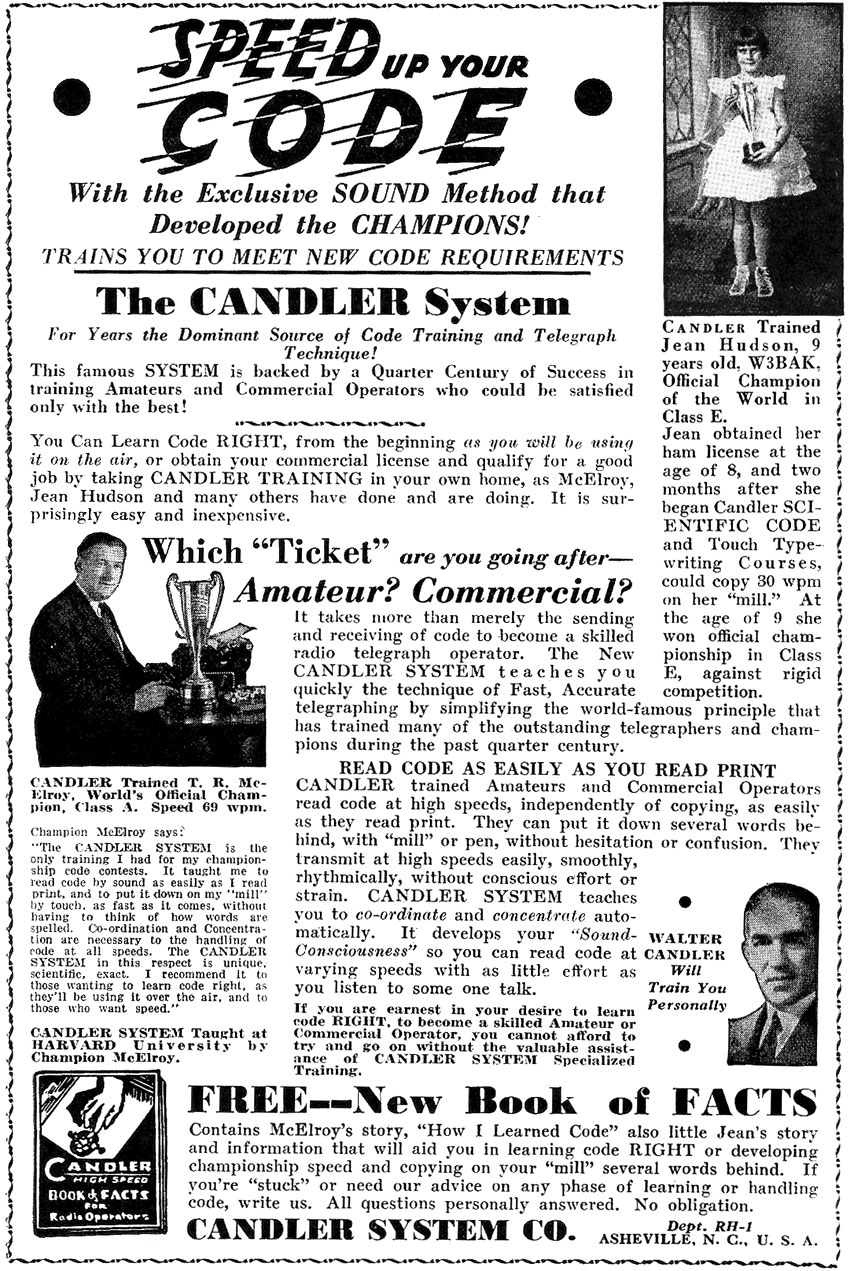
Jones Radio Handbook, 1937
Suggestions?
If you have suggestions on how to make the NZ Net better, or things you’d like to see covered in these updates, please contact ZL1NZ. You might even like to write something for the newsletter.
Thanks for reading, and I hope to hear you soon on the NZ Net!
—
Neil Sanderson ZL1NZ, Net Manager
New Zealand Net (NZ NET)
3535.0 kHz at 9pm NZT Mon-Fri




